Following the imposition of various trade and economic sanctions against Iran in a bid to force the country to abandon its peaceful nuclear program, the Islamic Republic began to seek for new trade markets in order to bypass the economic deadlocks imposed by the West and keep its ample commercial capacities alive.
Iran was grappled with the toughest case of unjust sanctions during the office of Mahmoud Ahmadinejad and the US hostility toward the country was at its highest peak. At the time where the European Union and a number of major Asian countries refused to have economic cooperation with Iran under excessive pressure from the United States, it was perhaps inevitable for Iran to turn its eyes toward Latin American countries which had wearied of the American imperialistic attitude.
In late November 2009, Mahmoud Ahmadinejad became the first Iranian president to have made a state visit to Brazil since the mid-1960s. The visit gained special momentousness at the time the Western side of the world had been ‘hell-bent’ on undermining every effort by the Iranian government in establishing political and economic ties with those other countries that had the chance and freedom of choice to not board the Anti-Iranian sanction train with the US administration at the helm. During Ahmadinejad’s visit, dubbed by US Secretary of State as ‘quite disturbing’, Brazilian President Luiz Inácio Lula da Silva publicly defended Iran’s right to develop nuclear energy for peaceful purposes. Ahmadinejad’s Latin American tour then took him to Bolivia, Venezuela, Cuba, Nicaragua, and Ecuador where the two sides conferred on all potential venues of cooperation.
The visits however came under criticism, not just from the United States which felt threatened and frustrated by Iran’s continued attempts at maintaining political and economic links with other countries despite the West’s best efforts in isolating it, as well as the fact that the development of Iran’s trade and diplomatic ties with Latin America was seen by the US as Tehran’s expanding influence in Washington’s backyard and a threat to its national interests, but also from a number of political analysts inside the country who believed that investing in Latin American countries, due to the long distance, would not be ‘economical’ for Iran and that the country is in a sense spreading itself too thin. In foreign policy, too, they believed that Iran’s top priority should be with promoting relations with neighboring countries such as Saudi Arabia and Turkey, instead of attempting to extend relations as far away as to Venezuela or Brazil with minimal impact on the country’s core foreign policy issues.
Once President Hassan Rouhani took office in 2013, Iran’s relations with Latin America seemed to dwindle, or at least go back several rows behind the forefront of the country’s foreign policy priorities (most notably, the closing of National Iranian Oil Company's offices in Bolivia and Venezuela in 2014). It was the time where Iran was finally making tangible progress on its nuclear negotiations with the six world powers, and the United States had become directly involved in certain aspects of Iran’s foreign policy. With the negotiations finally leading to a positive conclusion and the Joint Comprehensive Plan of Action (JCPOA) signed on 14 July 2015 and coming into effect on January 16, 2016, Iran was now looking at a wider horizon of opportunities which the lift of sanctions offered.
While Iran has maintained its good political relationship with many countries in Latin America, economy-wise, the country has not fared so well. According to Deputy Foreign Minister Majid Takht-Ravanchi, “there exist many areas for cooperation and joint ventures, but until now we have not been able to benefit completely from these capacities.”
Now accompanied by a 60-person delegation consisting of business executives from the private sector, Foreign Minister Zarif will make his first trip to Latin America, specially aimed at bolstering economic ties. Zarif’s trip began in Cuba on August 21, then will proceed to Nicaragua, Ecuador, Chile and Bolivia, and finally ending in Venezuela. The trip, as stressed by Takht-Ravanchi, has the potential to begin a new chapter in relations between Iran and Latin America, as various contracts in the fields of oil, energy, maritime, and transport are expected to be signed during the visits.
According to Bahram Ghasemi, Foreign Ministry Spokesman, Zarif’s trip to Latin America shows the government’s attempts at facilitating a trade boom between Iranian economic agents with those in other countries and is consistent with the objectives of ‘Resistance Economy’ which includes among other tenets ‘targeted promotion of exportable goods and services…as well as the promotion of foreign investment for export purposes’ and increasing ‘regional and international economic collaboration’ as issued in a decree on Feb. 19 by Leader of the Islamic Revolution Ayatollah Seyyed Ali Khamenei.
Considering the fact that Latin America encompasses 30 countries with a total of 600 million populations, Iran’s improved relations with this part of the world with its shared anti-US and anti-imperialist ideology will for certain open up many doors for meeting economic interests of both sides.
According to International Monetary Fund, trade between Iran and Latin America tripled between 2007 and 2008, rising to $2.9 billion, and up to $4 billion in 2013. Figures estimated Iran and Venezuela’s bilateral trade at $19 million in fiscal year 2013. The country invested $1.1 billion in Bolivia’s gas facilities during Ahmadinejad’ administration, which helped greatly with the Latin American country’s diplomatic ties with Iran as Bolivian President Evo Morales lifted visa restrictions and declared in 2008 that the country’s only embassy in the Middle East would move from Cairo to Tehran. Iran’s exports of technical and engineering services to the region had previously helped tremendously with all-out expansion of economic relations and reducing the impact of US sanctions against Iran, therefore it is imperative for the country to follow up on the same path now that the nuclear case has been settled and there are more opportunities for investment and exports.
Meanwhile, Chile has reopened its embassy in Tehran, 35 years after its closure, and it is likely that Zarif’s visit to that country and his meetings with senior officials of Chile would further expand bilateral ties and improve diplomatic relations to the level of ambassadors.
As maintained by Bahram Ghasemi, Iran’s Ministry of Foreign Affairs strategically supports a balanced outlook towards all countries and geographic areas, and strengthening relations with neighboring and Islamic countries as well as comprehensive development of relations with Latin American and African states have always been a priority of the Islamic Republic's foreign policy.
Zarif’s six-nation tour, thus, in the light of post-sanction opportunities, is expected to usher in significant improvements for economic, industrial and technical cooperation with Latin America in the fields of pharmacy, dam building, housing, dairy industry, as well as oil and gas.

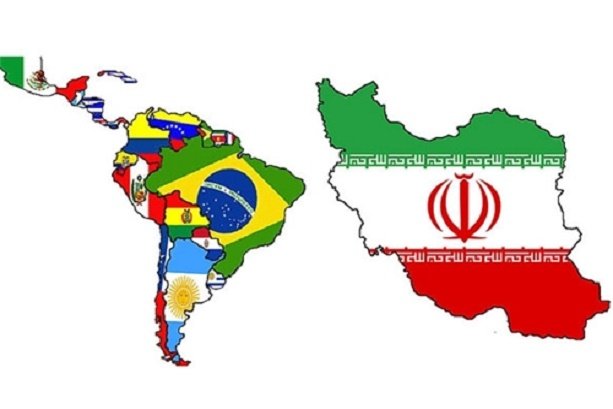
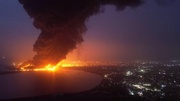



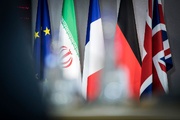

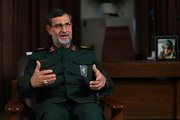
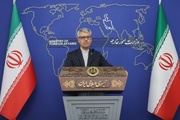








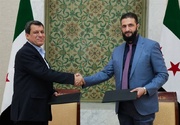
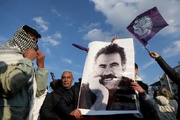
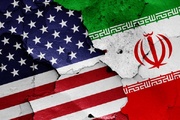




Your Comment